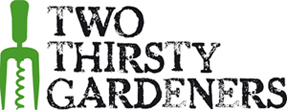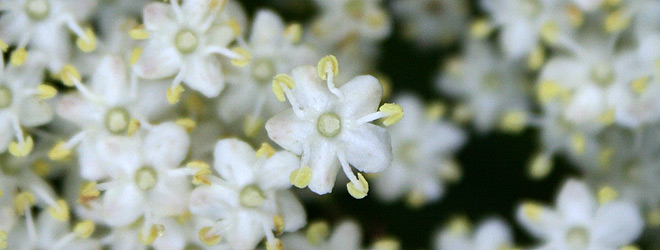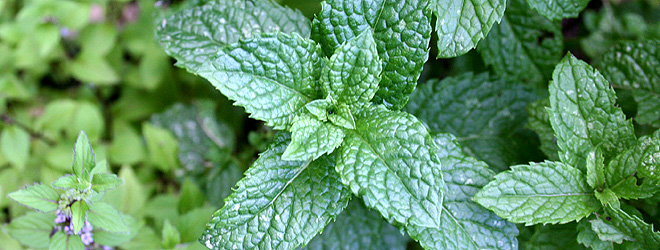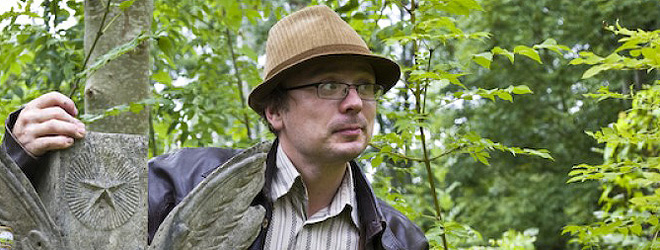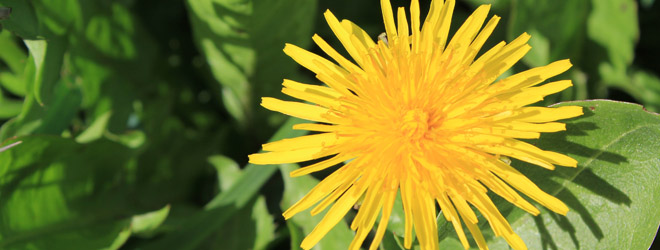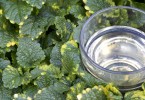That rarest of objects, the sun, shone out this morning causing the masses of elderflowers in my neighbouring field to twinkle, urging me to get started on that most quintessential of homemade wines.
There are hundreds of elderflower wine recipes in ancient wine making books and on the internet, each one slightly different, but they’ll all almost certainly make a delicious drink. While I like the science of fermentation, I’m not one for precise recipes and measurements – and nor do I think precision is necessary – so I’ll be making it up as I go along.
A key thing to remember when collecting elderflowers is to give them a sniff first – some stink of cat’s wee, particularly later in the day, which isn’t the most pleasant aroma to be filling your kitchen with.
Elderflowers can be used on their own for a light, floral wine or can be added to other wines to give them a nicer bouquet (providing you’ve rejected the aforementioned stinkier blooms). It’s also worth adding a bit of extra fruit to a simple flower wine to give it some body. I’ve got a few rhubarb sticks lurking in the fridge so these will make it into the recipe.
To download your free elderflower wine label, please click here
